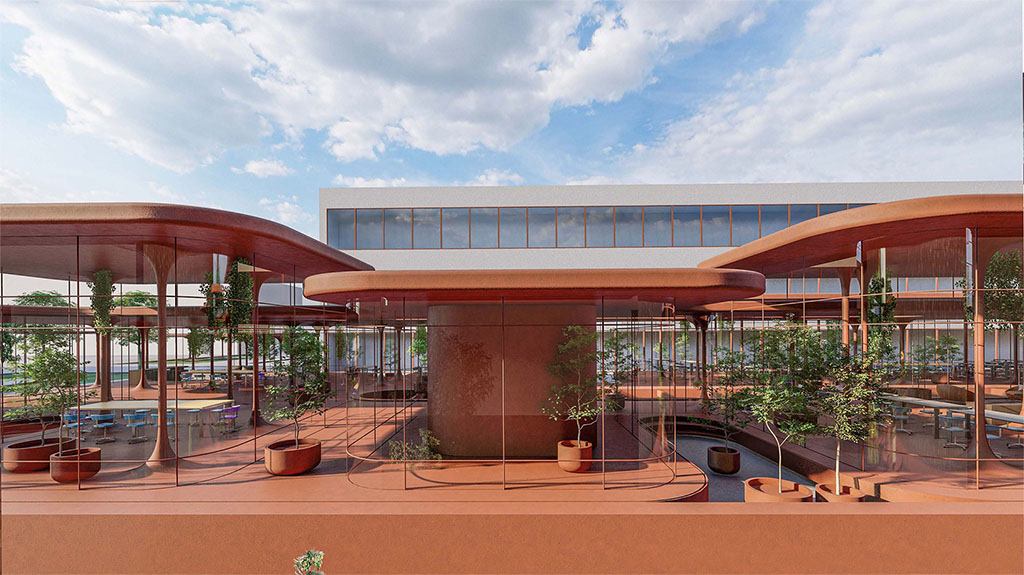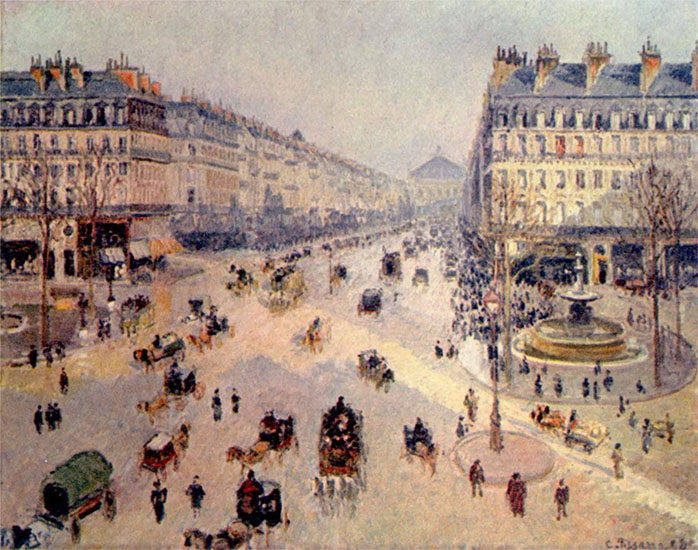
Healing the Present: Lessons from the History of Architecture
Throughout history, controlling disease has been one of the primary functions of architecture. In the Philippines, Culion Island was known in the early 1900’s for its natural setting and facilities, built to care for people suffering from Hansen’s disease (commonly known as leprosy). Elsewhere, history is riddled with epidemics such as the bubonic plague, smallpox, and cholera, among other diseases. Tracing things as far back as The Plague of Justinian in 542 AD, this resulted in a legislation to limit movement and slow the spread of disease. Here, Venice established the island Lazaretto Vecchio as a leprosarium.
Each of these epidemics left their indelible impact in the way that we respond to diseases affecting our society today. As the epidemics of the past have influenced our shared spaces, the isolation and limitation of movement necessitated by COVID-19 will shape the future of architecture.

wide boulevards like Avenue de l’Opéra. It was to bring air and light to the center of Paris,
in part to rid the city of disease.
Photo credit: The Yorck Project (2002)/Public Domain

Salon Alper Derinbogaz has revealed the design for Ecotone, a set of initially open-air offices for Yıldız Technical University in Istanbul.
Ecotone conceptualizes a design solution for pandemic resistant and sustainable office architecture, with the integration of right placemaking outside areas, planting, and promoting wellness among the users.
“The project aims to develop a better office environment that prioritises hygiene and safe areas for individual and group work.”
With our sophisticated understanding of epidemics, the alarming public health crisis of COVID-19 demands different approaches from society. To the architect, COVID-19 is a design problem. In addition to choices relating to aesthetics and durability of materials, considerations must be made to enforce social distance.
Although predictions of the future of architecture and design are untimely, anticipating future needs is a vital part of any respectable design process. The post-COVID-19 architect envisions the building itself as an essential part of healing. The makeshift quality of quarantine centers, primarily consisting of lightweight and disposable materials, could eventually give way to an open plan concept enabled by barriers and distance. With careful study and consideration of lessons learned from the past, adaptability and flexibility can reconcile long-term architectural planning with the uncertainty of the present.
To learn more about the future of post-COVID-19 architecture, click on the link to BluPrint’s latest e-mag feature.


